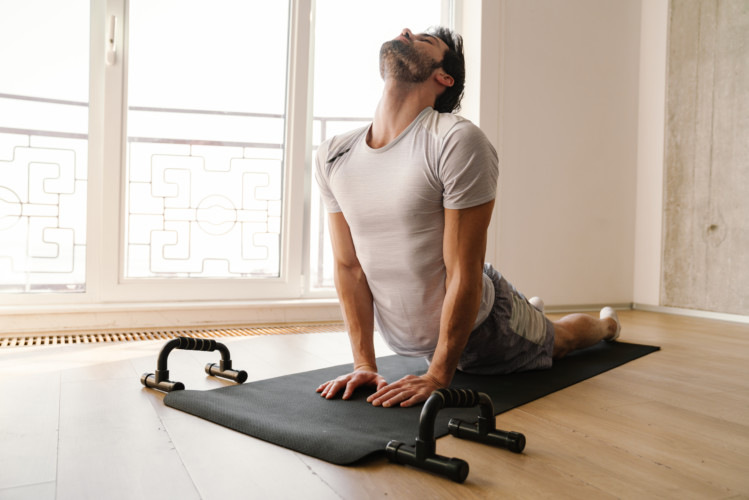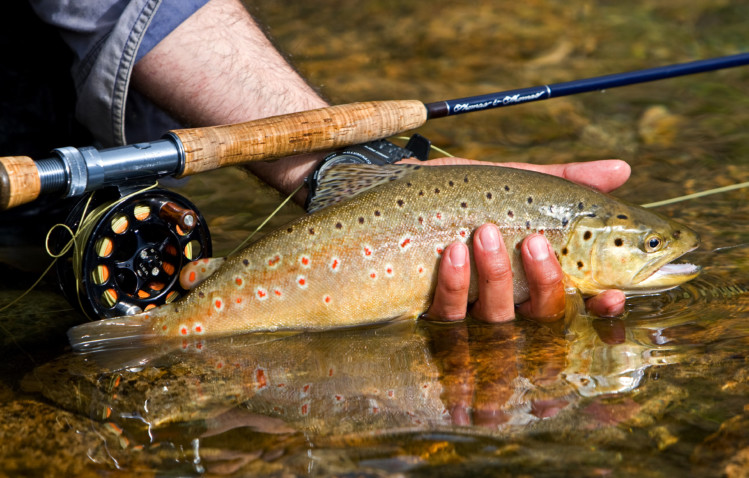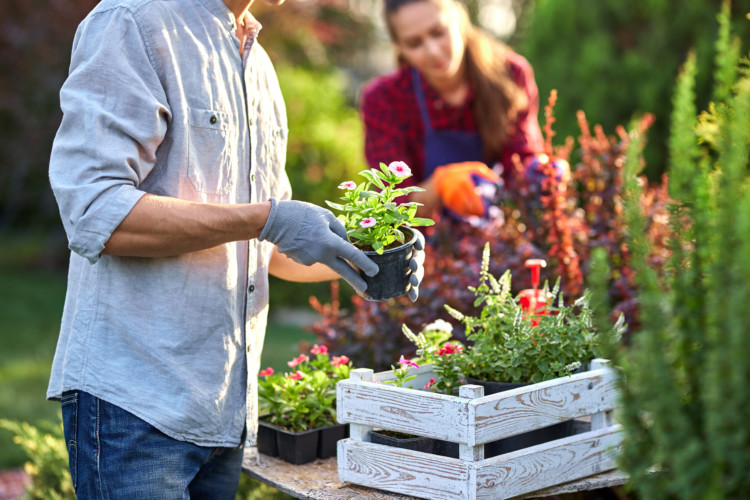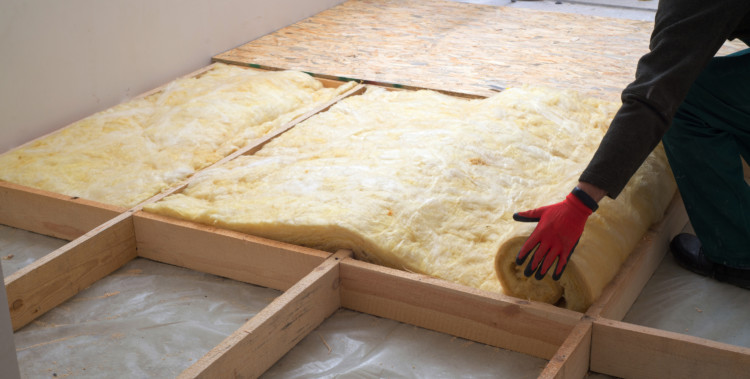
Happy Pascua Florida Day! That’s right. April 3 is Florida’s state holiday, commemorating the anniversary of the discovery of Florida in 1513 by Juan Ponce de León. Most people know him from his hunt for gold and the Fountain of Youth.
He named the land “Pascua Florida,” or “Flowery Land” after the Spanish Feast of the Flowers which is celebrated around Easter.
When Ponce de León arrived in Florida with about 200 men, the group was immediately attacked by Native Americans, and he was hit by an arrow. The group fled to Cuba, where de León died.
Eventually, Florida was settled by groups from Spain and France, then eventually Britain. They constantly fought over land with each other and with the native tribes. Even nature wasn’t good to them: hurricanes and famine hit them.
During this time, however, Florida became the site of one of the first communities of freed slaves, offering freedom to slaves fleeing from the colonies if they agreed to convert to Catholicism.
When Britain acquired Florida after signing the Treaty of Paris in 1763, the Seven Year’s War between Britain, France, and some of the tribes ended. Other native tribes, including the Seminoles, continued fighting into the mid-19th century, leading to the First, Second, and Third Seminole Wars and the creation of Fort King.
On March 3, 1845, Florida officially became a state…which is the same day that de León first arrived on its shores hundreds of years before.
There are many interesting things to know about Florida. Did you know:
- There are no dinosaur fossils in Florida. That’s because during the dinosaur age, the Florida peninsula was underwater, which means that compared to the rest of the Earth, Florida is new.
- Some may think Kansas or other states in the Midwest are the flattest in America, but they would be wrong! Florida’s mean elevation is only 100 feet. Its highest natural point is Britton Hill, which is only 345 feet above sea level.
- Sorry, California! Florida wins! Florida produces the most oranges in America. In fact, the state provides 75% of the country’s oranges and 40% of the world’s orange juice supply.
- About 1,000 people move to Florida every single day. That’s a lot of people, which is why your neighborhood might look like it’s always building new homes. Yet, until the middle of the 20th century, Florida was the southern state with the least population. How things change!
- Clearwater, Florida holds the record for highest rate of lightning strikes in the US. Shocking!
- Like to quench your thirst with Gatorade? It was developed at the University of Florida, named after the school’s mascot. And when you’re watching the games outside, don’t forget another Florida invention! Suntan lotion was invented in 1944 in Miami Beach.
- World Kudos! Key Largo, Florida, has gained recognition as the Dive Capitol of the World and Ocala has been recognized as the Horse Capital of the World!








 Hey! It’s New Year’s Day! First day of the new year, first day to make things better, first day to embark upon those well-meant casual promises you made to yourself that you’re under no legal obligation to fulfill!
Hey! It’s New Year’s Day! First day of the new year, first day to make things better, first day to embark upon those well-meant casual promises you made to yourself that you’re under no legal obligation to fulfill! Starting a search for a motorcycle is an exciting experience. Before you get carried away, however, think about your level of experience and also how you would like to use the motorcycle. Thinking ahead will ensure you get the right bike for you. Are you looking for a racer, a cruiser or a sports bike? Do you want to ride the bike off-road, drive it to work, or go on a weekend poker run?
Starting a search for a motorcycle is an exciting experience. Before you get carried away, however, think about your level of experience and also how you would like to use the motorcycle. Thinking ahead will ensure you get the right bike for you. Are you looking for a racer, a cruiser or a sports bike? Do you want to ride the bike off-road, drive it to work, or go on a weekend poker run? Winter is the best time to go to see the Manatees in Florida’s warmer waters. These creatures, known both as “Gentle Giants” and “Sea Cows” are very sensitive to cold temperatures, so they migrate in winter and early spring…giving us the perfect chance to meet these 1,000 to 3,500 pound creatures along Florida’s grass flats and aquatic meadows.
Winter is the best time to go to see the Manatees in Florida’s warmer waters. These creatures, known both as “Gentle Giants” and “Sea Cows” are very sensitive to cold temperatures, so they migrate in winter and early spring…giving us the perfect chance to meet these 1,000 to 3,500 pound creatures along Florida’s grass flats and aquatic meadows. First impressions are important. The decision to hire an applicant can be made in the first few seconds of meeting you. You will be judged by your appearance to determine if you are neat, concerned with details, understated or dramatic. An employer will even look at your clothing to determine if you understand the type of work you will be doing.
First impressions are important. The decision to hire an applicant can be made in the first few seconds of meeting you. You will be judged by your appearance to determine if you are neat, concerned with details, understated or dramatic. An employer will even look at your clothing to determine if you understand the type of work you will be doing. ‘Tis the season for celebrating, and we’re pulling out our tinsel and plastic Santas. The lights adorn our houses, or in some cases, a menorah is placed in the window, ready for December 10th to come around for the first night of Chanukah.
‘Tis the season for celebrating, and we’re pulling out our tinsel and plastic Santas. The lights adorn our houses, or in some cases, a menorah is placed in the window, ready for December 10th to come around for the first night of Chanukah. Self storage auctions can be a good place to make some easy money once you have some practice under your belt. These auctions take place when the person renting the storage space has not kept up payments to the property manager. After trying to obtain payment and informing the owner that they are to lose their property, the manager has the right to sell the stored property to recoup the missed payments.
Self storage auctions can be a good place to make some easy money once you have some practice under your belt. These auctions take place when the person renting the storage space has not kept up payments to the property manager. After trying to obtain payment and informing the owner that they are to lose their property, the manager has the right to sell the stored property to recoup the missed payments. Many pets, especially young puppies and kittens, seem to be at the center of any holiday disaster. Pulling down the decorations, marking presents under a tree, and nipping the one person who is a afraid of puppies. Even in the movie A Christmas Story, a pack of hounds destroy the Christmas turkey.
Many pets, especially young puppies and kittens, seem to be at the center of any holiday disaster. Pulling down the decorations, marking presents under a tree, and nipping the one person who is a afraid of puppies. Even in the movie A Christmas Story, a pack of hounds destroy the Christmas turkey. Nothing ads more charm to a back yard than an ornamental fish pond. Add an inviting bench and you have your own oasis of peaceful meditation. The essentials are few; and once installed, care and maintenance is minimal.
Nothing ads more charm to a back yard than an ornamental fish pond. Add an inviting bench and you have your own oasis of peaceful meditation. The essentials are few; and once installed, care and maintenance is minimal. Everyone feels the cash crunch at the end of the year. Just as in the lesson of the ant and the grasshopper, the winter months often need a little extra, especially for celebrating the holidays. Here are 4 ways to bring in the green.
Everyone feels the cash crunch at the end of the year. Just as in the lesson of the ant and the grasshopper, the winter months often need a little extra, especially for celebrating the holidays. Here are 4 ways to bring in the green. Simply put, ‘clear title’ means that ownership of the property (movable and immovable) in question is free from any outstanding legal claims or procedures. In simple terms, the items are yours. Alternative terms for the same meaning are good title, just title, or free and clear.
Simply put, ‘clear title’ means that ownership of the property (movable and immovable) in question is free from any outstanding legal claims or procedures. In simple terms, the items are yours. Alternative terms for the same meaning are good title, just title, or free and clear. Kelley Blue Book at kbb.com is the go-to site if you want to know the value of a used or new car, motorbike or other vehicle. Their list is published twice a year and is a useful resource for the more than 15 million transactions involving used cars every year. KBB bases its pricing on 75 years of experience using a method that takes into account the new price for the car and market forces that will influence the current price.
Kelley Blue Book at kbb.com is the go-to site if you want to know the value of a used or new car, motorbike or other vehicle. Their list is published twice a year and is a useful resource for the more than 15 million transactions involving used cars every year. KBB bases its pricing on 75 years of experience using a method that takes into account the new price for the car and market forces that will influence the current price. When you install good quality insulation for your home, you can save up to 20% on heating and cooling costs. Insulation can be applied around doors and windows, ceilings and outer walls, and floors. Before starting out, conducting an insulation audit is a good idea. You can hire someone to make a thorough check or decide to do it yourself. Compare the thicknesses of insulation you find against the U.S. Department of Energy’s online fact sheet to determine the quality of the insulation you have.
When you install good quality insulation for your home, you can save up to 20% on heating and cooling costs. Insulation can be applied around doors and windows, ceilings and outer walls, and floors. Before starting out, conducting an insulation audit is a good idea. You can hire someone to make a thorough check or decide to do it yourself. Compare the thicknesses of insulation you find against the U.S. Department of Energy’s online fact sheet to determine the quality of the insulation you have.